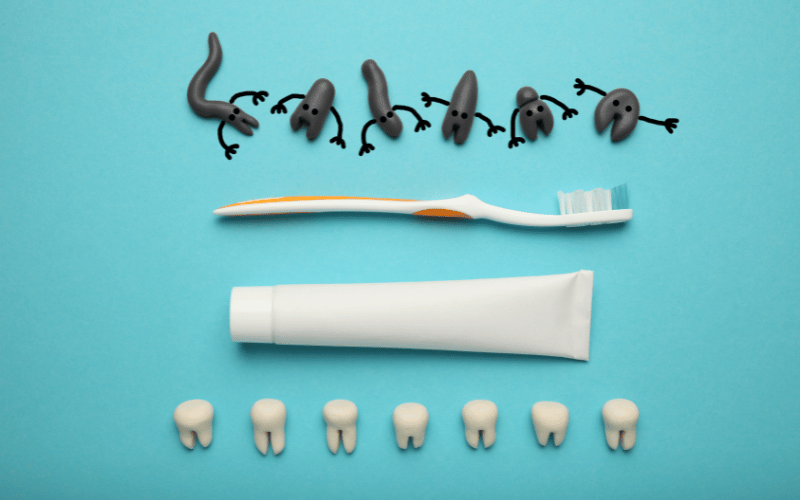Introduction: Delving into Enamel Hypoplasia in Children
When it comes to our children’s health, understanding the potential challenges and conditions that can affect them is crucial. Enamel hypoplasia, a dental condition impacting the development of a child’s teeth, is one such issue that has garnered attention from parents and healthcare professionals alike. In this detailed exploration, we will unfold the layers of enamel hypoplasia, providing insights into its causes, symptoms, and the necessary steps to prevent and manage this condition.

Enamel hypoplasia refers to the underdevelopment of enamel, the outermost layer of our teeth that acts as a shield, protecting them from decay and damage. This condition leaves teeth vulnerable, affecting both their appearance and functionality. It’s a problem that can arise in both baby and permanent teeth, highlighting the necessity for early detection and action.
But what exactly causes enamel hypoplasia? The factors are manifold, ranging from genetic predispositions to environmental influences during pregnancy and early childhood. Exposure to certain medications, inadequate nutrition, and premature birth can all play a role in the development of this condition. Understanding these risk factors is a pivotal step in safeguarding our children’s dental health.
The symptoms of enamel hypoplasia are not to be overlooked. They manifest visibly and can significantly impact a child’s comfort and quality of life. From noticeable pits or grooves in the teeth to discoloration and heightened sensitivity, these signs are a clear call to action for parents and healthcare professionals.
As we journey through this extensive analysis of enamel hypoplasia, we will explore the crucial aspects of this condition, delving into its impact, prevention strategies, and management options. With a focus on providing clear, actionable information, this article aims to empower parents and caregivers, equipping them with the knowledge needed to ensure the optimal dental health of their children.
1. Visible Pits and Grooves: The Hallmark of Enamel Hypoplasia

When enamel doesn’t form properly, it often leaves behind noticeable pits and grooves on the surface of a child’s teeth. These indentations are more than just a cosmetic issue; they are the tell-tale signs of enamel hypoplasia. The pits can vary in depth and width, creating uneven surfaces on the teeth. This irregularity is not just an aesthetic concern; it also creates practical challenges for maintaining oral hygiene.
These grooves and pits become breeding grounds for bacteria, making it harder to clean the teeth effectively. Even with regular brushing, the bristles of a toothbrush may not reach into these deep crevices. This situation creates a heightened risk for tooth decay and cavities. As we know, young children are already more prone to these issues due to their diets and sometimes inconsistent oral hygiene habits.
The presence of these pits and grooves also poses a risk to the overall strength and integrity of the tooth. Enamel is the substance that gives our teeth their strength. When it is missing or underdeveloped, the teeth become more brittle and susceptible to chips and fractures. For active children, this could mean that a simple fall or bump to the mouth could result in significant dental damage.
Addressing these visible signs early on is crucial. Regular dental check-ups play a vital role in catching enamel hypoplasia in its early stages. Dentists can provide treatments and solutions, such as sealants or fluoride applications, to help protect the affected teeth and prevent further damage. Moreover, they can offer guidance on the best oral hygiene practices to maintain the health of the teeth, despite the challenges posed by enamel hypoplasia. (1)